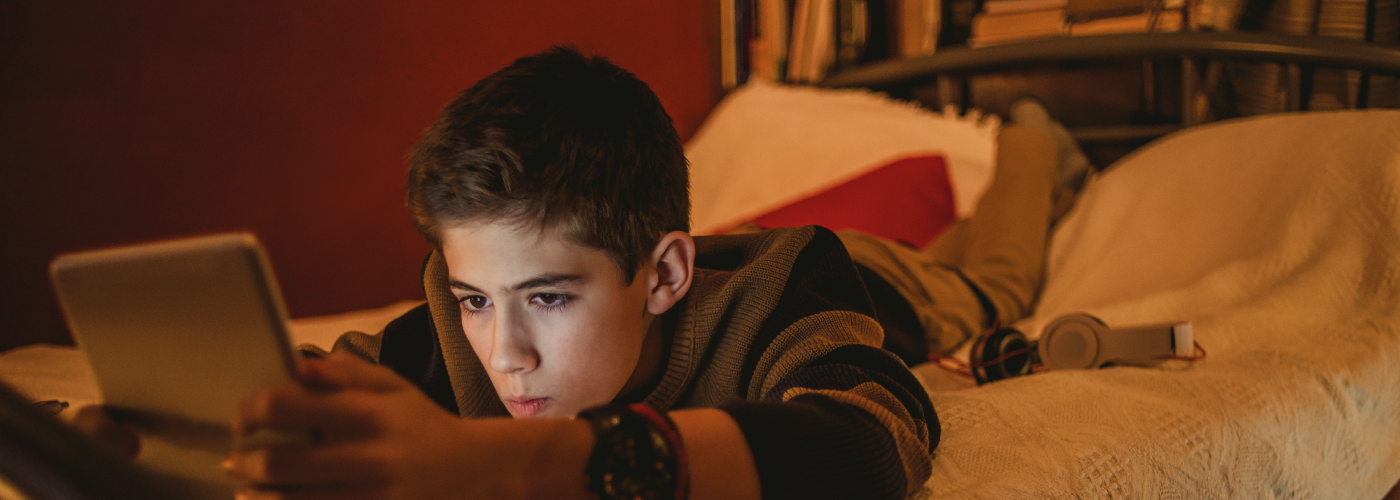
Since the beginning of the pandemic, we’ve seen a significant increase in children and young people accessing pornography.
The viewed content includes both adult pornography and cartoon/anime pornography, which involves fictional characters in erotic or sexual situations.
How are children accessing pornography?
Pornography can be easily accessed online and this has posed an issue for years. Many children come across it accidentally for the first time, but some do seek it out intentionally as their curiosity peeks whilst growing up. Young people find ways to access pornography websites even if it means finding ways around the measures designed to keep them away from inappropriate content online. They often discuss it with their friends and possibly even share where and how to access it with others.
Many argue that more should be done to stop children and young people from accessing explicit adult content online as the enforcement of the age verification in the UK is currently under scrutiny.
What are the effects of pornography on young people?
Many young people are curious about sexual relationships but are often too embarrassed to talk to adults about it, so they seek answers elsewhere, including in pornography. However, the impact of pornography can have deeply troubling effects – research shows that pornography can have negative effects on young people and adults alike.
In Ofsted’s sexual abuse in schools and colleges review, school leaders did note that easy access to pornography had set unhealthy expectations of sexual relationships and shaped perceptions of women and girls.
Pornography should not be considered as the main cause of sexual harassment and sexual violence in schools and colleges, but it is one of the factors that can contribute to it as well as cause other issues and increase risks to students’ mental health.
There is a variety of negative mental health issues that can be caused by pornography such as body image issues, anxiety including the pressure to engage in sexual acts, and lack of empathy. Pornography can change children’s behaviour, interests, and influence their current relationships/friendships, especially if they start using it as a guide on how to act and what to expect from others. This is why it is crucial for school leaders and Designated Safeguarding Leads (DSLs) to know if/when their students are viewing and/or sharing pornographic websites, videos and images.
How can digital monitoring help DSLs identify the issue?
As previously mentioned, children and young people often do not want to talk to adults about sexual relationships/topics, so it is highly unlikely for them to mention anything about it when teachers and other school staff are around them. This makes it difficult for DSLs to know if their students are having issues or are being influenced by inappropriate and inaccurate information.
Young people are more likely to view, discuss and share pornographic content in the digital environment as it gives them the privacy, they need/want. Without digital monitoring, this online behaviour will be invisible to DSLs and school leaders. Proactive digital monitoring can identify if something is wrong by what a child says, does and shares in their digital world, enabling DSLs to understand what their students are struggling with and quickly provide the support needed.
Digital monitoring technology can also help the entire school community and not just individual students. Monitoring the digital environment can identify trends, which help you see whether multiple students are viewing or sharing pornography or if there are groups of people who are being affected by inappropriate content and behaviour.
Identifying early risk indicators enables schools and colleges to have a better understanding of what their students are currently dealing with. This will empower DSLs to get ahead of possible issues and work with school/college leasers to create a positive and supportive environment for their pupils.
What's next?
Many DSLs are shocked by what proactive digital monitoring reveals. Therefore it’s crucial for you to review this technology in your own environment so you can see and understand how it can help you and your students.
Find out how Smoothwall Monitor can help
Book a no-obligation demonstration with our monitoring experts to learn how digital
monitoring can help support you and your organisation.